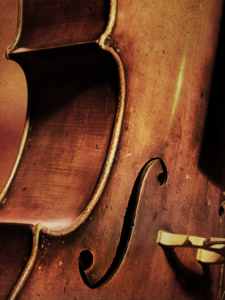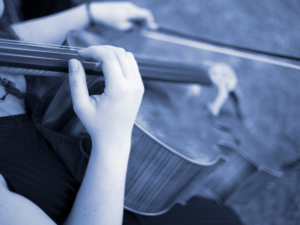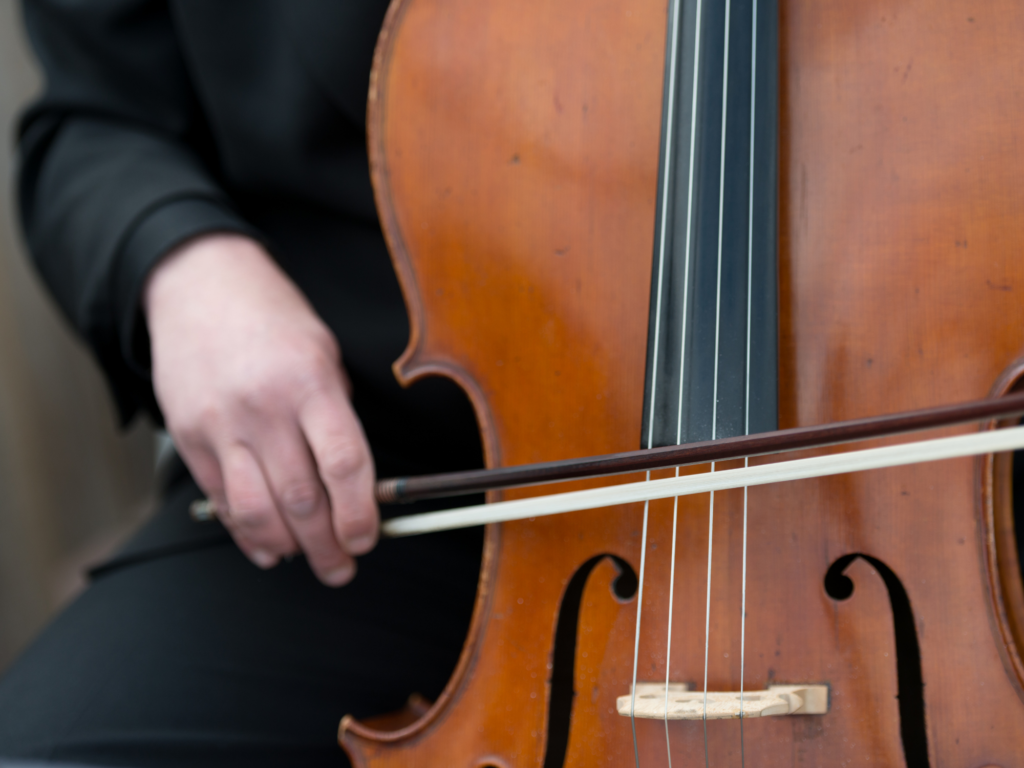From Bach to Beethoven, the masters of music have been inspired by the cello for centuries. With its gorgeous sound and remarkable shape, it is a staple of symphony orchestras the world over. From where did this amazing instrument originate, and where is it going? Read on for just a sample of the storied history of the cello.
The Evolution Of The Cello
 While instruments with cello-like qualities have existed since the 1500s, cellos weren’t formally crafted until very late in the century. They were initially much larger than today’s standards with a body length of about 80 centimetres as opposed to 70 centimetres. The first prototypes bore 5 strings instead of 4, and they were designed with the intention of reinforcing the bassline of an ensemble.
While instruments with cello-like qualities have existed since the 1500s, cellos weren’t formally crafted until very late in the century. They were initially much larger than today’s standards with a body length of about 80 centimetres as opposed to 70 centimetres. The first prototypes bore 5 strings instead of 4, and they were designed with the intention of reinforcing the bassline of an ensemble.
The iconic anatomy of a cello is as inspiring as its sound. Cellists must play this instrument while sitting and holding it upright, perched upon an endpin. Its four strings have a surprising range of distinct noise. How the cellist chooses to play it unlocks even more of its potential; the strings can be plucked by hand and even struck with the bow to stir emotions like passion, distress, and fear, all through sound alone.
As part of the violin family, cellos share a number of traits with many popular bowed string instruments. There are many branches to this family tree – violin, viola, viol (double bass), and violoncello. That last one sounds familiar, doesn’t it?
What’s In A Name?
The feelings of fondness evoked by this instrument are apparent in its very name. “Cello” is short for violoncello, and as this instrument evolved and travelled around multilingual Europe, its name has become shorter and more familiar.
A violone is a large viola; its name is derived from the Latin for “to sing or rejoice.” The “-cello” part is a diminutive suffix that can indicate fondness, similar to the Spanish suffix “-ita.” The cello’s full name can then perhaps be translated as “sweet singer.”
The Cello’s Bright Future
 Time has been nothing but kind to the violoncello. Adored by the orchestra, contemporary artists like Yo-Yo Ma are enthusiastic testaments to its potential as a solo instrument as well. For the more daring musical artists, electric cellos have also been developed.
Time has been nothing but kind to the violoncello. Adored by the orchestra, contemporary artists like Yo-Yo Ma are enthusiastic testaments to its potential as a solo instrument as well. For the more daring musical artists, electric cellos have also been developed.
Its popularity only continues to grow as time passes, with many talented musicians using it as their own personal voice. Its remarkable staying power speaks for itself.

